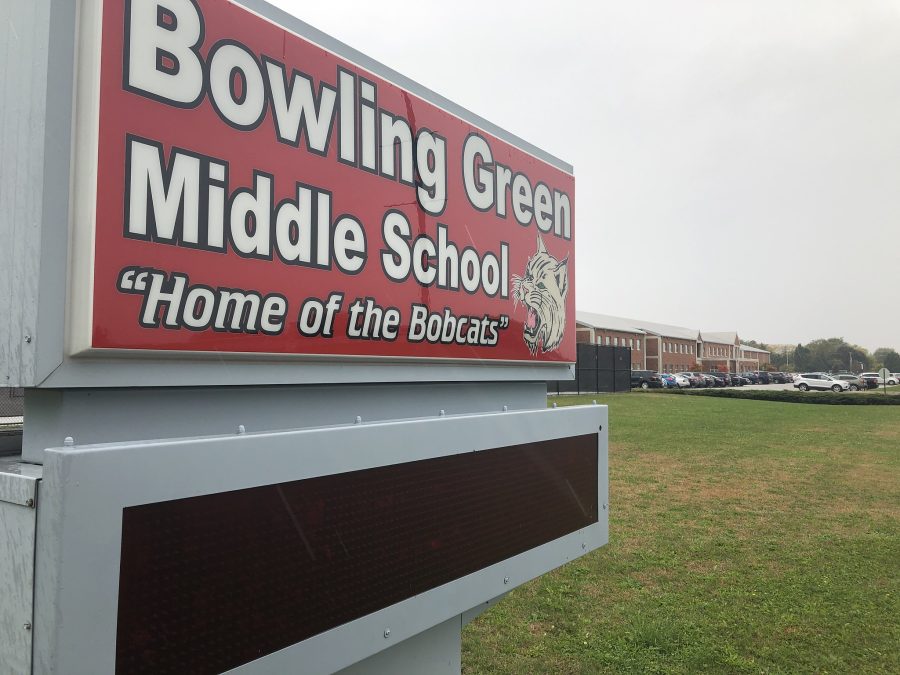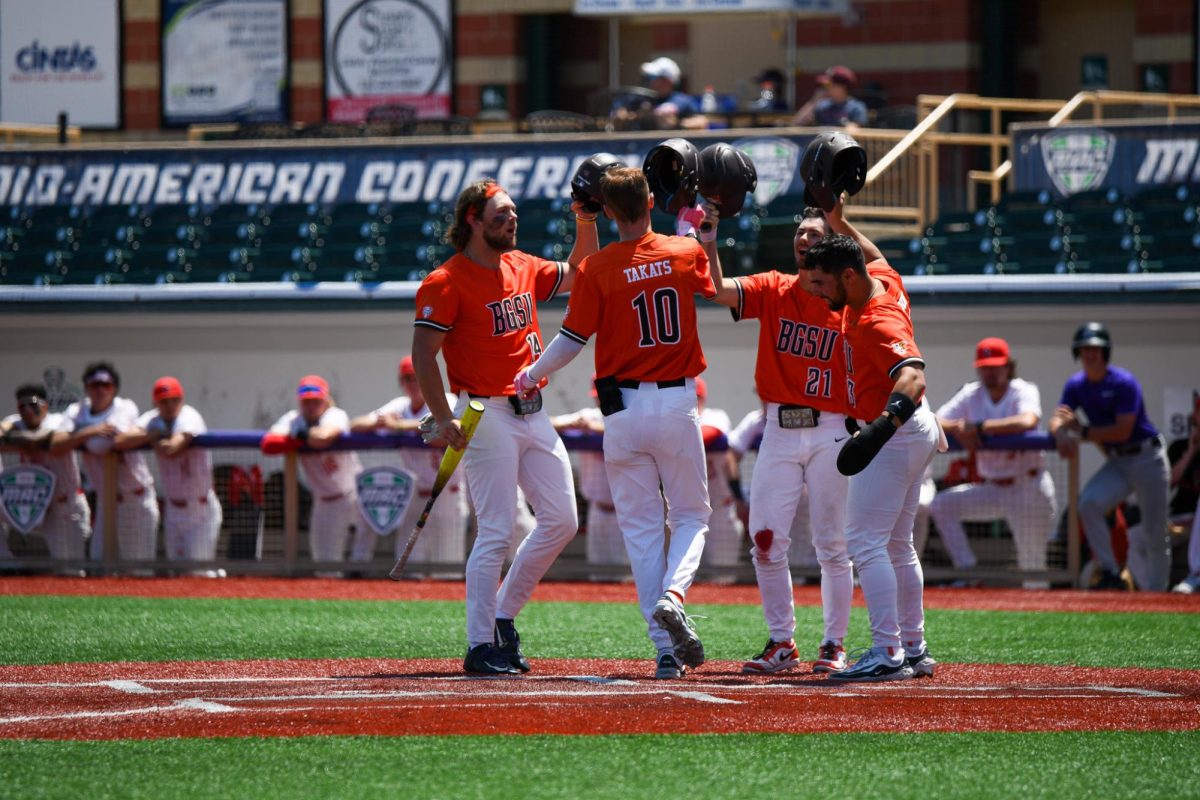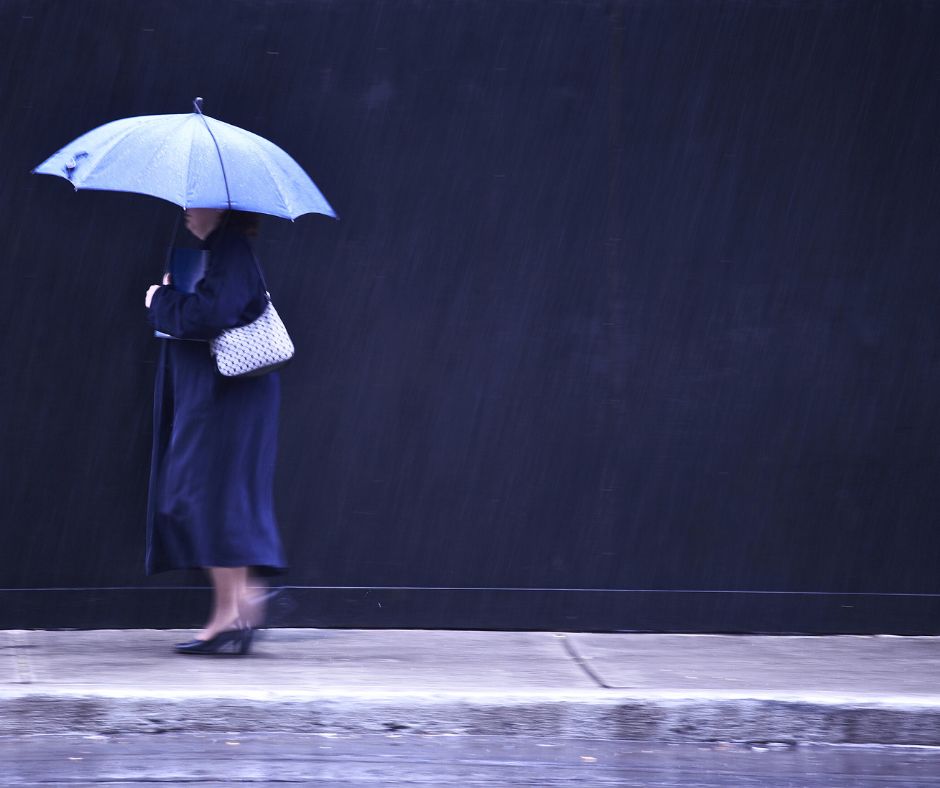High school students are better prepared academically for college but paying for it has gotten more difficult, according to a report released Wednesday by the National Center for Public Policy and Higher Education.
New Jersey is a cut above most states but gets only a D in affordability of higher education, with 34 percent of family income now needed to pay for college expenses at a public four-year campus, up from 24 percent a decade ago, the report found.
The group gave 36 states a grade of F in the affordability category.
The group also found New Jersey has some of the most pronounced gaps between rich and poor and whites and minorities when it comes to college attendance. A decade ago, 27 of every 100 students from low-income families were enrolled in college; today the number is 17, the report said. White college enrollment rose from 41 percent to 47 percent in the same period, while minority participation dropped from 28 percent to 21 percent.
“It will be hard to solve those disparity problems if you don’t address problems in affordability,” said Joni Finney, vice president of the non-profit National Center for Public Policy and Higher Education.
Finney said strides made in better preparing high school students have not translated into similar gains in college enrollment and graduation.
But educators and administrators caution that the report’s statistics tell just part of the story.
New Jersey, for instance, has some of the most generous college financial aid packages available nationwide. And while the rate of minority participation may have decreased, the numbers have increased dramatically in the last decade.
At the nine state colleges and universities alone, Latino attendance increased 134 percent over the last 15 years, from 3,958 to 9,261, according to the New Jersey Association of State Colleges and Universities. The rate for African-Americans was up 45 percent from 5,922 to 8,588 and the Asian enrollment increased 164 percent from 1,265 to 3,341.
The report looks at the entire spectrum of higher education in each state.
In New Jersey the range is broad _ from community colleges, where annual tuition is about $2,000, to the most expensive private schools, such as Princeton University, with an annual tab of $40,000 for tuition, fees, and room and board. Public colleges and universities in the state sit in the wide middle, with annual tuition ranging between $6,000 to $8,000.
Administrators at the public institutions say they are swimming against the tide of several years of reduced state funding to higher education in trying to stem tuition increases.
In his address on the New Jersey state budget, Rutgers University President Richard McCormick said this year’s funding package was a step in the right direction, but cautioned people to remember that state support had “decreased significantly over the past three fiscal years. The fact is that we are still struggling with the repercussions of this funding shortfall.”
Mark Singer, financial aid director for Ramapo College of New Jersey, said low interest rates make it more attractive to borrow to pay for college, and state grants for low-income students have increased.
“So there has been some offset to the steady rise in tuition across the state and country,” Singer said.
The biggest squeeze, he said, is often for middle-income students. Many now accept debt as a part of their college experience.
Steve Kulisz, a student at Rutgers-Newark, said he and his peers expected to have to assume debt to finish college. Kulisz, a computer science major from Sussex County, pays his tuition with money earned at his work-study job and loans. He says he will likely graduate with about $10,000 in debt, but still considers Rutgers a bargain compared with the private schools.
“Rutgers is affordable compared to the other schools charging $30,000 a year,” he said.





















